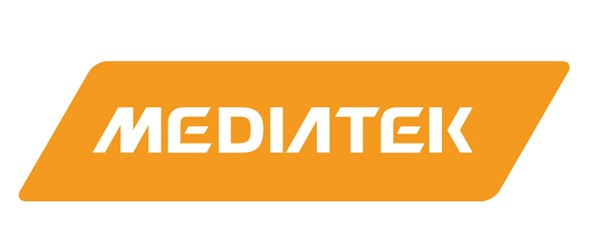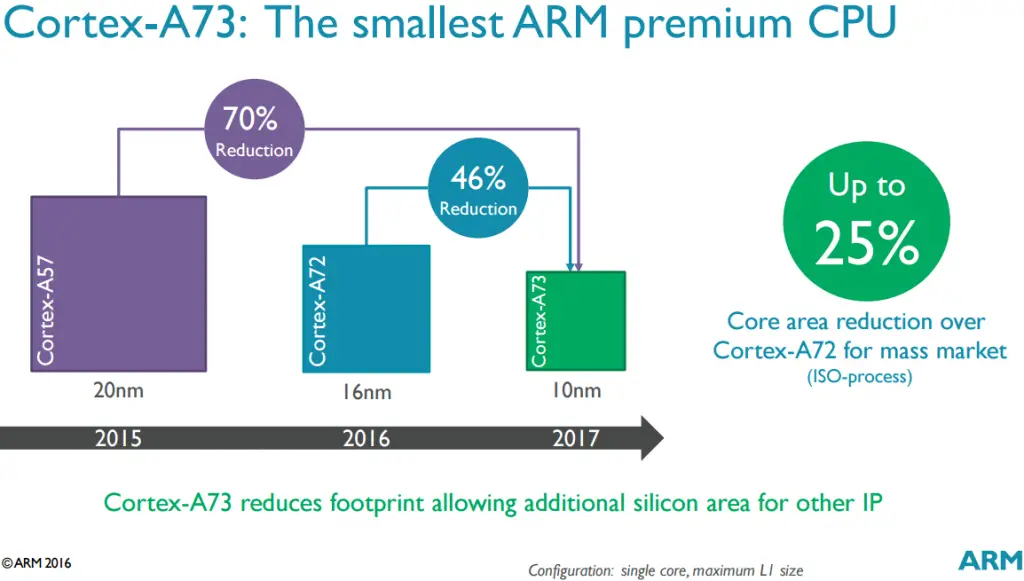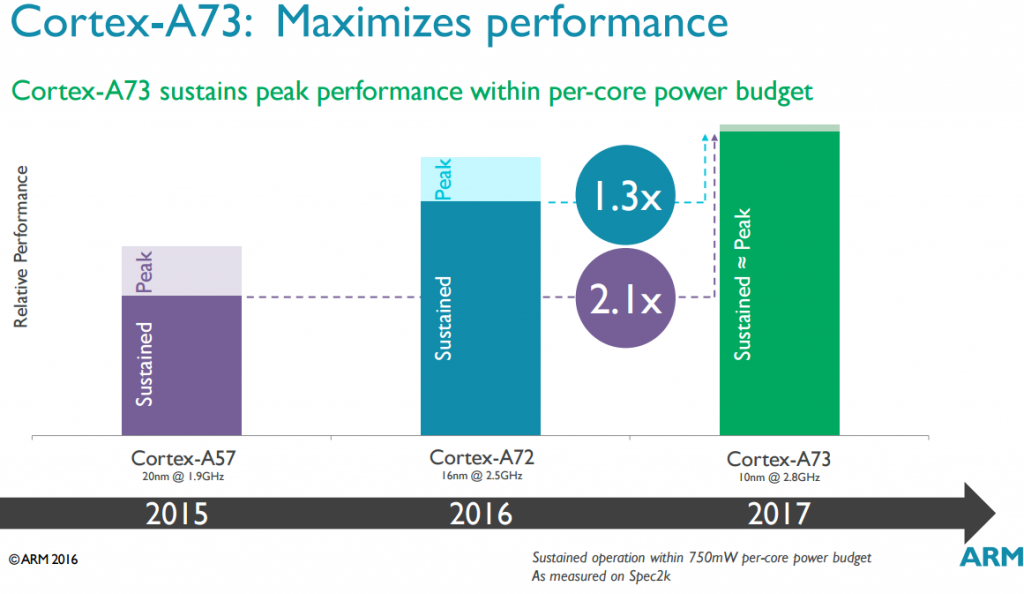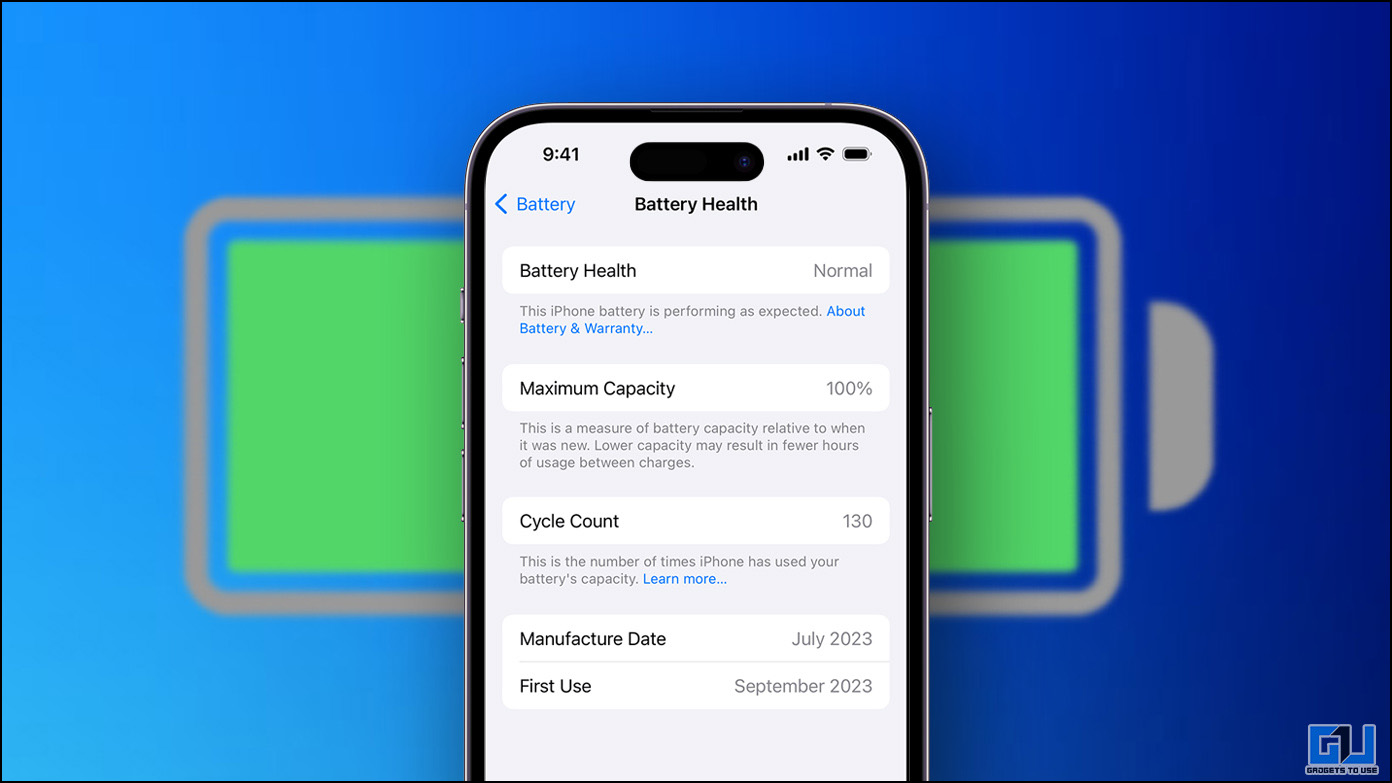Hail MediaTek Helio X30-The first SOC to be built with a 10nm manufacturing process. If you think it is revolutionary, you might be amazed to know it is also the first SOC to be powered by ARM A73 cores. It is worth noting that it can support up to whopping 8GB DDR4 RAM.
How Helio X30 is different from its predecessor Helio X25?
Architecture
Helio X30 Advanced Tri-cluster Architecture (just an outline)
| Core Count | Core Type | Clock speed | Intended Use |
| 4X | Cortex-A73 | 2.8GHz | Demanding tasks like AR/VR, graphic intensive games, ultra-HD visualisation. |
| 4x | Cortex-A53 | 2.2GHz | Moderate tasks like app switching, playing videos, render a web page. |
| 2x | Cortex-A35 | 2.0GHz | Minute tasks like keep on running clock in the background, scroll an already rendered web page. |
Helio X25 Tri-cluster Architecture
| Core Count | Core Type | Clock speed | Intended Use |
| 2x | Cortex-A72 | 2.5GHz | Demanding tasks |
| 4x | Cortex-A53 | 2.0GHz | Moderate tasks |
| 4x | Cortex-A53 | 1.55GHz | Minute tasks. |
Manufacturing Process
MediaTek has taken a giant leap by jumping from 20nm to 10nm manufacturing process skipping the existing standard of 14nm and 16nm processes. In case, if you are wondering what it means to the end user, I’m going to decipher the puzzle for you.
For conduction to happen in a transistor, the electron should travel from the source to the drain. The distance between the source and the drain of a transistor is called channel length. We have three main advantages in decreasing the channel length:
- As electron needs to travel a shorter distance, conduction happens faster that entails greater clock speeds.
- The length of the transistor decreases that enables us to incorporate more number of transistors on a given chip thus by increasing the functionality of the chip.
- Transistor requires less voltage and current that results in lower power requirements.
In short, it makes the chip faster, power efficient, and improves the functionality. Few might have thought why chip makers cannot go ahead and use 1nm- At this juncture, it is assumed that 7nm could be the least channel length that can be achieved with Silicon. Going below will cause huge leakage in the transistor. It will also become a herculean task to manufacture interconnects among the transistors as they need to be smaller than the transistor thus increasing the manufacturing cost.
High performing power efficient cores
Helio X30 has four high performing A73 cores whereas, Helio X25 has two high performing A72 cores. We should not only consider the increase in the number of high performing cores but also consider how A73 compares against A72.
A72 Vs A73
Manufacturing process
ARM has jumped to 10nm manufacturing process from 16nm used on A72. The advantages of 10nm mentioned above apply to A73 also. ARM claims it is successful in reducing the size of the core by 25%.
Significant Decrease in Heat Production
With evolving challenges of premium smartphones like AR/VR, object-based audio processing, CPUs are expected to perform smoothly even at peak loads that need efficient heat dissipation, but current generation flagships are no thicker than 8mm which makes it difficult to dissipate heat efficiently.
ARM has finally solved a problem that has been baffling chip makers from years with A73-It is able to achieve high performance with minimal heat production. The major issue with current generation CPUs is they produce excessive heat when performing at peak loads. As soon as the phone reaches a saturation limit where it cannot dissipate any further heat, thermal throttling starts which significantly reduces the performance. It is the reason behind the low benchmark scores if tested repetitively. ARM manoeuvred A73 such that it produces the same amount of heat at peak loads as it produces at a sustained level that results in increased performance.
Highly power efficient cores
Helio X30 has two highly power efficient cores, A35, to perform minute tasks. In contrast, Helio X25 uses A53 with lesser clock speeds to perform the minute tasks. It is still confounding why MediaTek opted for A53 cores which are not famous for power efficiency to perform minutes tasks in Helio X25. It may be to flaunt the core count in advertising. With X30, we can definitely expect minimal power consumption when your phone is idle or when performing minute tasks, thanks to A35.
Conclusion
Helio X30 has all the ingredients to outperform any current generation SOCs. It has come up with unique capabilities like new advanced tri-cluster architecture, 10nm manufacturing process, improved GPU under its sleeves, but to see if it can beat next generation flagship SOCs from Qualcomm, Samsung, and Apple, we have to wait till mid-2017.






